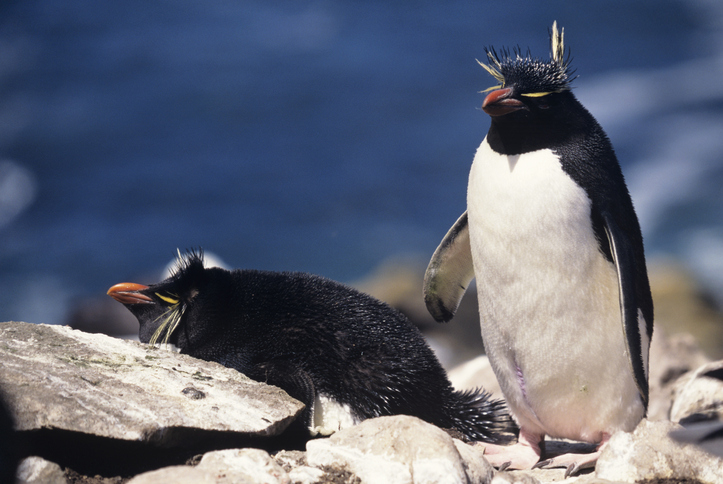We are responsible for protecting species that are in danger of becoming extinct. In the same manner, it is important for all of us to use and conserve the natural resources of this planet in a suitable way. This is why we should pay attention to the other species in the world. Here are 10 animals in danger of becoming extinct that we should keep an eye on.
What exactly causes species to go extinct? Generally, an organism’s inability to adapt to changing conditions will limit its ability to replicate. This means that some animals just won’t be healthy enough to have children. As a consequence, each generation will be smaller and smaller and finally cause extinction.
There is no single cause for this problem. However, climate change, changing sea levels, asteroids, acid rain, disease, invasive species, human overpopulation, habitat fragmentation, pollution, global warming, and hunting and poaching all lead to the identical outcome.
It’s important to acknowledge that the interconnectedness of other species with ours since the loss of organisms have implications for the ones that remain. Possibly one of the most well-known examples of this can be the results of the fast-declining population of the honeybee population.
The existence of harmful chemicals in the environment, destruction of habitat, and parasitic invasion are a few of the main causes mentioned for these alarming happenings. Even though we might observe bees as pests occasionally, there are catastrophic consequences for humans if the honeybee population continues to plummet.
When there are a small number of natural causes of species extinction, it is crucial to note the human behavior can exacerbate the process, whether we are searching for space to build or emitting excessive greenhouse gasses into the air.
People’s expansion has contributed considerably to the rising rates of species extinction. A report proves that current extinction rates are close to 100 times faster than they had been in the distant past, and predicts that at this rate, extinction rates will likely grow to ten times larger than they are at this time.
Here’s a listing of ten species which have a “vulnerable” conservation status, meaning they are regarded as at elevated risk for carrying in an “endangered” status in the wild shortly.
In this era of technology and globalization, it is easy to take into consideration the progress and advancement of a special species: humans. In our modern society, what could at times be forgotten is that the human race a part of a much bigger global community than our world’s 196 nations. Humans are simply one of the countless living species on Earth. Each has its unique purpose and behavior which helps maintain the equilibrium of our world’s multitude of ecosystems.
What Exactly Does Extinction Look Like?
It’s the honeybee that’s responsible for the pollination of many of the world’s fruits and vegetables. Their important role within our agriculture makes their survival an issue for people, for when honeybees have gone extinct human survival will most likely also hang in the balance. This link between our species is exactly what prompted the United States Department of Agriculture along with the Farm Service Agency to create the Conservation Reserve Program to place honeybee habitat conservation and honey bee health in the forefront of beekeepers and crop growers minds.
- Southern rockhopper penguin

The southern rockhopper penguin resides in the subantarctic seas of the Indian and Pacific Oceans and the coasts of the South America. It’s also home to the very well-recognized crested penguins. But, climate change has taken its toll on the southern rockhopper penguin’s foraging behaviour. Increasing water temperature amounts replace the food accessibility and the foraging strategies, this being a high-risk dilemma for those species.
